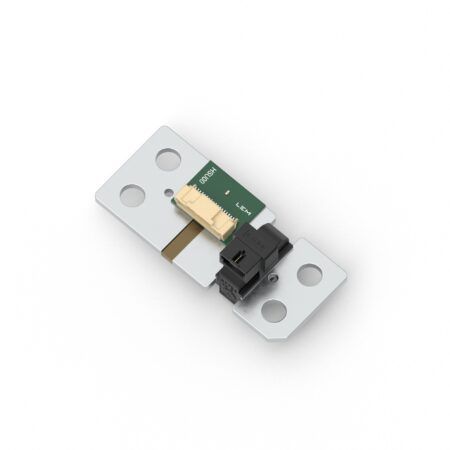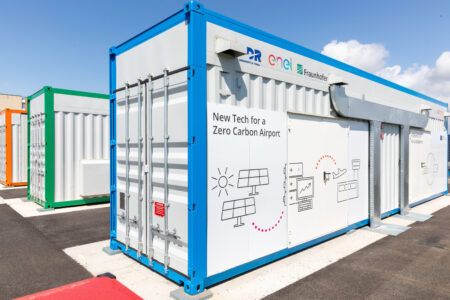As the world rushes to replace fossil fuels with renewable sources of energy, new research shows that polymetallic rocks found on the deep-ocean floor can supply hundreds of millions of tons of important battery metals to store energy and power electric vehicles (EVs) with far less impact on the climate than mining the same metals from the land.
The peer-reviewed study, published in the Journal of Cleaner Production, is a comparative life cycle assessment of EV battery metal sources, quantifying the direct and indirect emissions and disruptions to carbon sequestration services realized in the mining, processing and refining of battery metals. The carbon intensity of producing metals like nickel has led to growing interest in low-carbon metal sources and a recent plea by Tesla’s Elon Musk promising “a giant contract” for nickel mined “efficiently and in an environmentally sensitive way.” As EV manufacturers like Tesla and Polestar spearhead a movement for transparency throughout the automotive industry and reveal the lifetime carbon footprints of their cars, the new study goes beyond just considering carbon emissions from human operations to look at the disruption of ecosystem carbon sequestration services caused by changes in land and seabed use to produce battery metals.
Entitled ‘Life Cycle Climate Change Impacts of Producing Battery Metals from Land Ores versus Deep-Sea Polymetallic Nodules’, the paper starts with a demand scenario of producing four metals (nickel, cobalt, manganese, copper) to supply one billion 75KWh EV batteries with a cathode chemistry of NMC 811 (80% nickel, 10% manganese, 10% cobalt). It then compares the climate change impacts of supplying these four metals from two sources: conventional ores found on land and polymetallic rocks with high concentrations of four metals in a single ore, found unattached on the seafloor at 4-6 km depth.
“We wanted to assess how metal production using either land ores or polymetallic nodules can contribute to climate change. Looking from mining to processing and refining, we quantified three indicators for each ore type: direct and indirect carbon-dioxide-equivalent emissions, disturbance of existing sequestered-carbon stores, and disruption of future carbon-sequestration services. These three indicators directly impact the remaining global carbon budget to stay below 1.5C warming,” said the study’s lead author Daina Paulikas of the University of Delaware’s Center for Minerals, Materials and Society.
The study found that producing battery metals from nodules can reduce active human emissions of CO2e by 70-75%, stored carbon at risk by 94% and disruption of carbon sequestration services by 88%. “Terrestrial miners are handicapped by challenges like falling ore grades, as lower concentrations of metal lead to greater requirements of energy, materials, and land area to produce the same amount of metal. Furthermore, the actual collection of nodules entails a relatively low energy, land, and waste footprint compared to a conventional mine. When it comes to emissions, even when we assume a complete phase-out of coal use from background electric grids for process inputs, our model shows that metal production from high-grade polymetallic nodules can still produce a 70% advantage,” said Paulikas.
“What happens to carbon sinks on land and on the seafloor used for metal production is another big part of the climate impact story,” said Dr Steven Katona, marine biologist and co-founder of the Ocean Health Index who contributed to the study. “On land, carbon is stored in vegetation, soil and detritus. On the seafloor, carbon is stored in sediments and seawater. Producing metals for one billion EVs from land ores would disrupt 156,000 km2 of land and 2,100 km2of seabed for deep-sea tailings disposal. Producing the same amount from nodules would disrupt 508,000 km2 of the seafloor during nodule collection and 9,800 km2 of land during metallurgical processing. Despite disturbing a larger area of the seafloor, metal production from nodules would cause much less carbon disruption. This is because seafloor sediments store 15 times less carbon per km2 than an average terrestrial biome and there is no known mechanism for disturbed seafloor sediment to rise to the surface and impact atmospheric carbon. In contrast, mining on land requires removal of forests, other vegetation and topsoil to access the ore, store waste and build infrastructure. In the process, we lose stored carbon and disrupt carbon sequestration services for as long as land remains in use, which can be as long as 30-100 years.”
The researchers found that polymetallic nodules could deliver metals for one billion EV batteries with up to 11.6 Gt less of CO2e compared to terrestrial sources. This represents a significant potential saving given the remaining carbon budget of just 235 Gt for a 66% probability of staying at 1.5°C global warming.
“We hope this work motivates others to dive deeper into supply chain analysis for the clean energy transition, and specifically to pay attention to the impacts of producing critical minerals like the ones we studied,” said Paulikas. “Given the expected 500% increase in mineral requirements for clean technologies, I think we have a shared responsibility to take a planetary view and think through all aspects of mineral production to ensure that this resource-intensive transition does not exacerbate climate change.
The researchers’ focus on climate change impacts builds on a larger study, Where Should Metals For the Green Transition Come From?, that compares a range of social and environmental impacts and was commissioned by DeepGreen Metals, a company seeking to collect polymetallic rocks to supply electric vehicles under a blockchain-enabled system to rent and reuse battery materials.
“This peer-reviewed study shows the intrinsic benefits of seafloor rocks when it comes to climate change impacts. The resource itself gives us a significant head start on land miners, but being low carbon is not enough. We are working on taking carbon out of the atmosphere, not adding it,” said Gerard Barron, Chairman and CEO of DeepGreen Metals. “We’ll use hydropower onshore; we are exploring electrofuels to power offshore operations and using electric equipment and carbon-negative reductants in metallurgical processing. Put it all together, and we have a shot at bringing carbon-negative metals to the market.”





